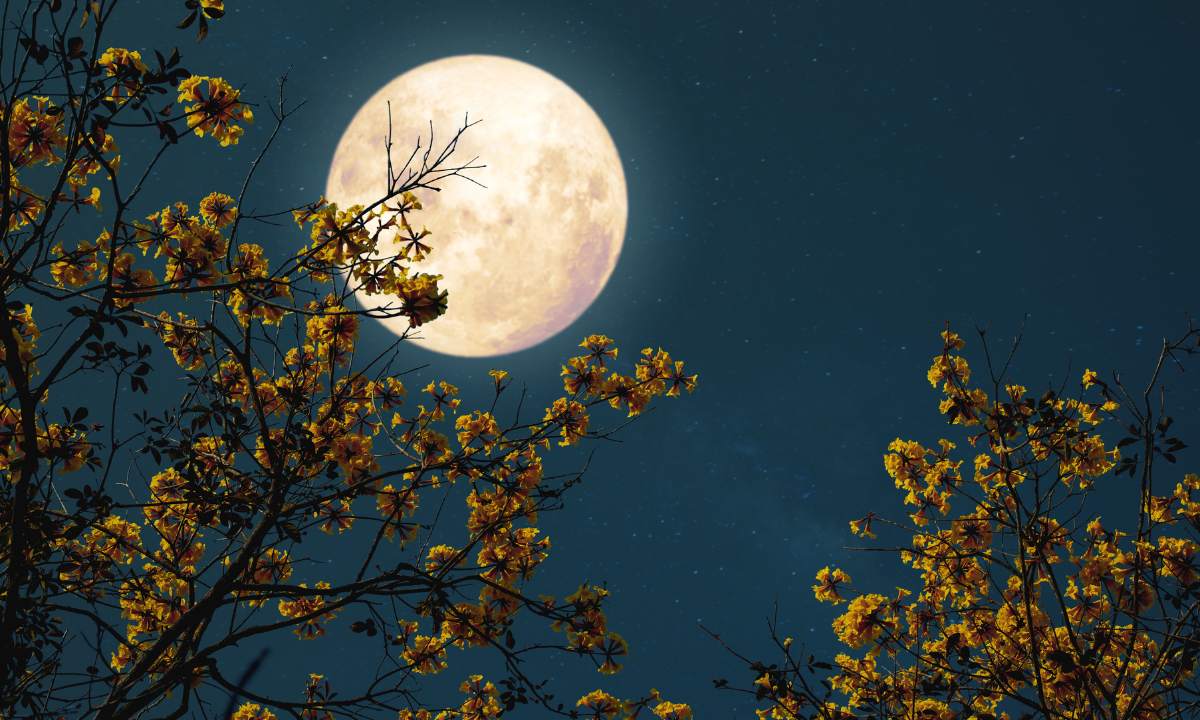What Are The Different Types Of Full Moon?

Several types of full moons exist; each possesses unique characteristics and significance. This article ventures into an exploration of these various full moon categories including the Supermoon, Blood Moon, Blue Moon and Harvest Moon.
Supermoon
The Supermom manifests: the moon, at its closest proximity to Earth within an elliptical orbit exhibiting a larger and brighter appearance than usual. It can dazzle with its brightness potentially outshining regular full moons by up to 30% more luminosity and expand in size by approximately 14%. The Supermoon’s amplified size, coupled with its heightened brightness, attributes to a prevalent belief: that it has a significant effect on both tides and human behavior and that people feel wonderful and peaceful at that time. Every couple feels romantic and tells each other that
the moon is beautiful isn’t it.
Blood Moon
Should you have ever borne witness to a total lunar eclipse, the captivating beauty of a Blood Moon would not have eluded your experience. As such an event unfolds, Earth projects its shadow onto the moon’s surface and bestows upon it an ethereal reddish or coppery tone. Often, the Blood Moon associated with significant events occupies a special place in folklore and myths across diverse cultures globally.
Blue Moon
Despite its name, a Blue Moon does not manifest with a blue color, the term denotes an extra full moon within a calendar month: this phenomenon arises from the roughly 29.5-day duration of the lunar cycle making dual full moons in one month comparatively rare. This rarity gives birth to the term “once in a blue moon,” underlining an event’s infrequency. Although the Blue Moon lacks substantial astronomical importance, it cultivates widespread cultural recognition as a reference point; furthermore, it fuels inspiration for songs, poems even lending its name to a renowned beer brand.
Harvest Moon
The Harvest Moon graces the Northern Hemisphere in September or early October. In contrast with other full moons that linger low in twilight before rising late at night, this majestic lunar beauty ascends shortly after sunset and illuminates several consecutive nights with its brightness. Traditionally, this prolonged illumination proved advantageous to farmers; it offered additional light during the harvest season: a period holding cultural and agricultural importance.
Conclusion
The Supermom, with its extraordinary brightness; and the Blood Moon – notable for its captivating reddish hue: each offers a unique, memorable experience. Whether one’s gaze upon the moon is inspired by its celestial beauty cultural significance or personal spiritual connection, these varied full moons serve as potent reminders: they underscore not only our insignificance in comparison to such vastness but also stir wonder within us towards this expansive universe. Next time you stand beneath the full moon’s luminous glow, seize a moment to admire: its multifaceted radiance; furthermore, reflect on how it has kindled an array of narratives throughout our human chronicles.
Leave a Comment